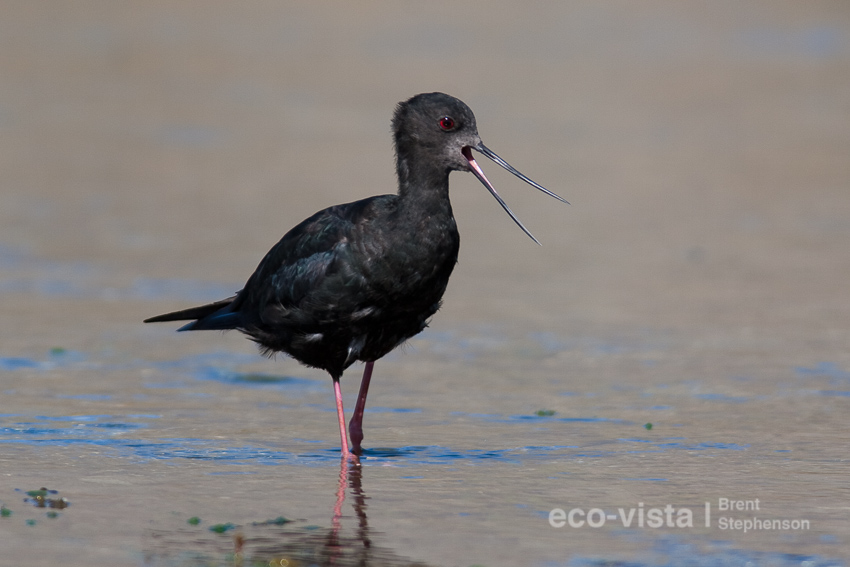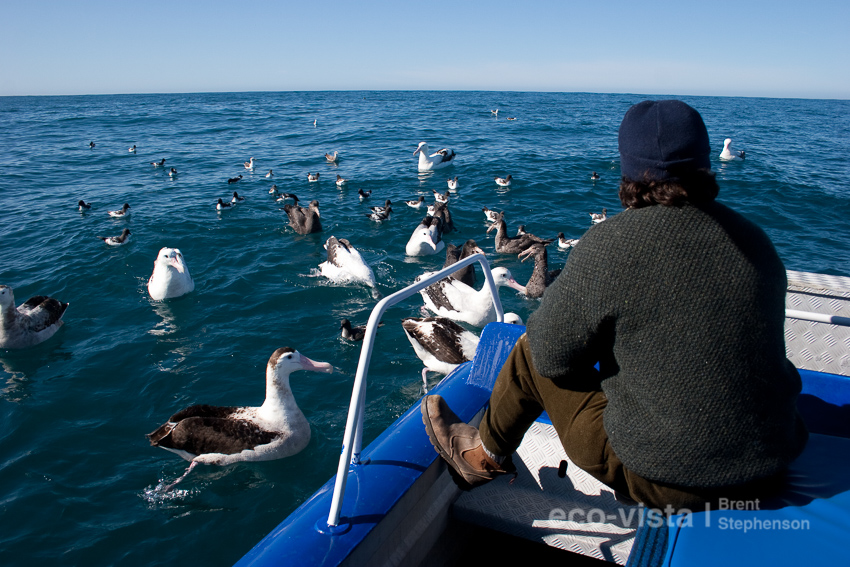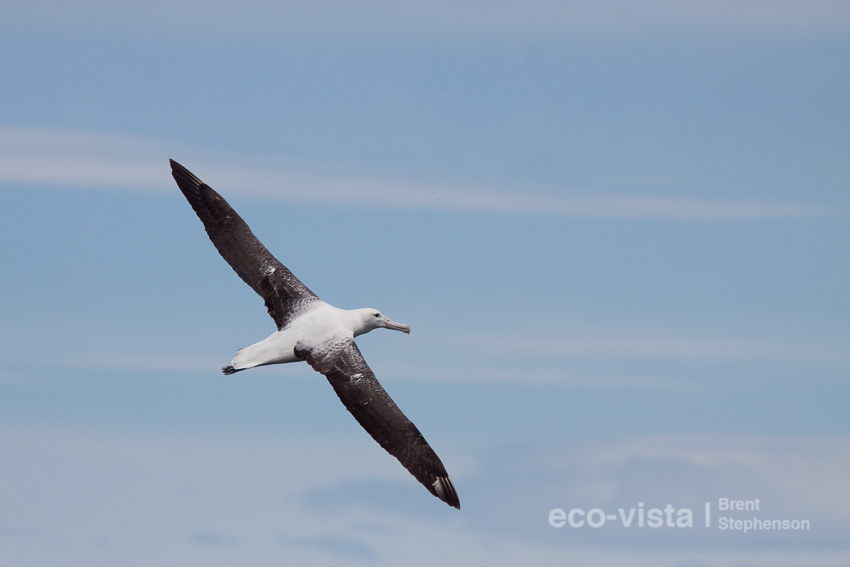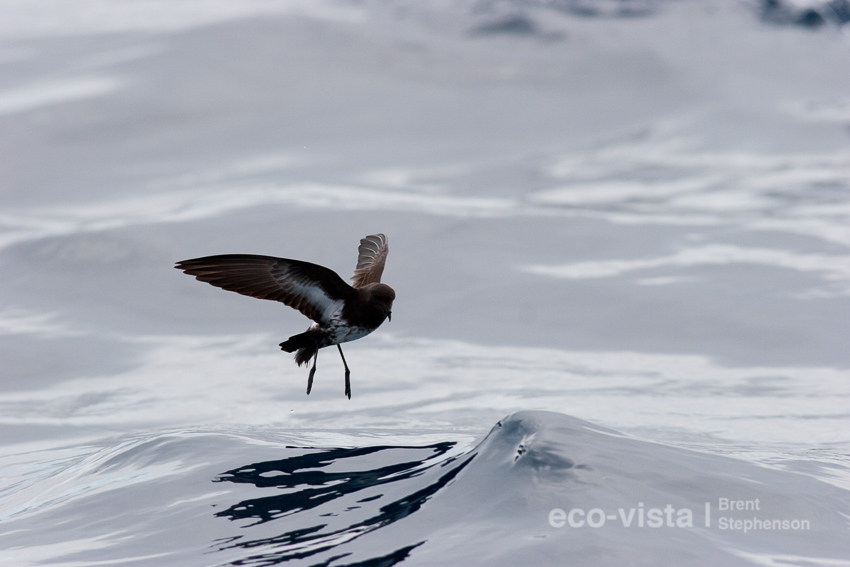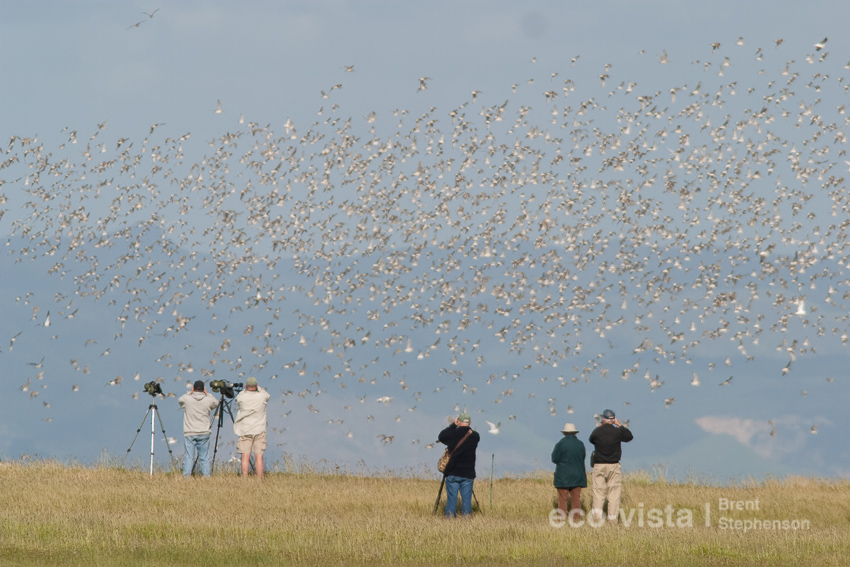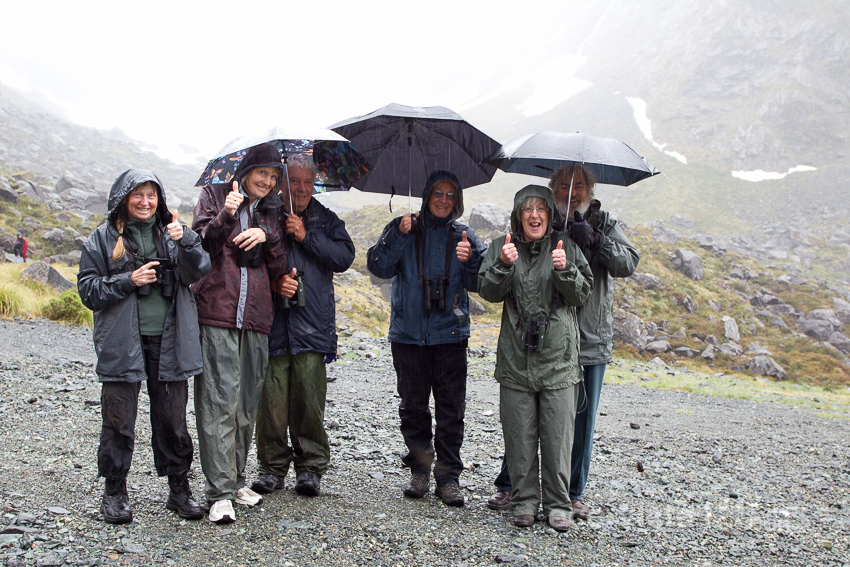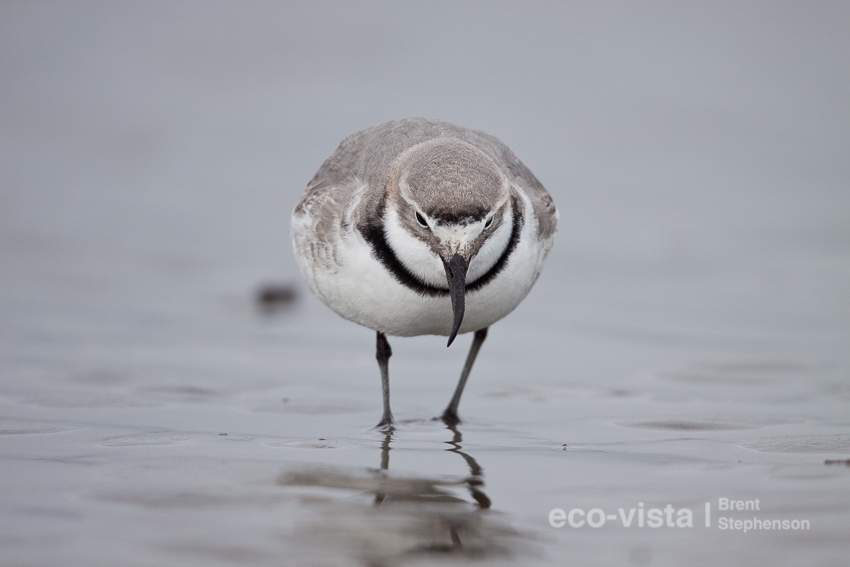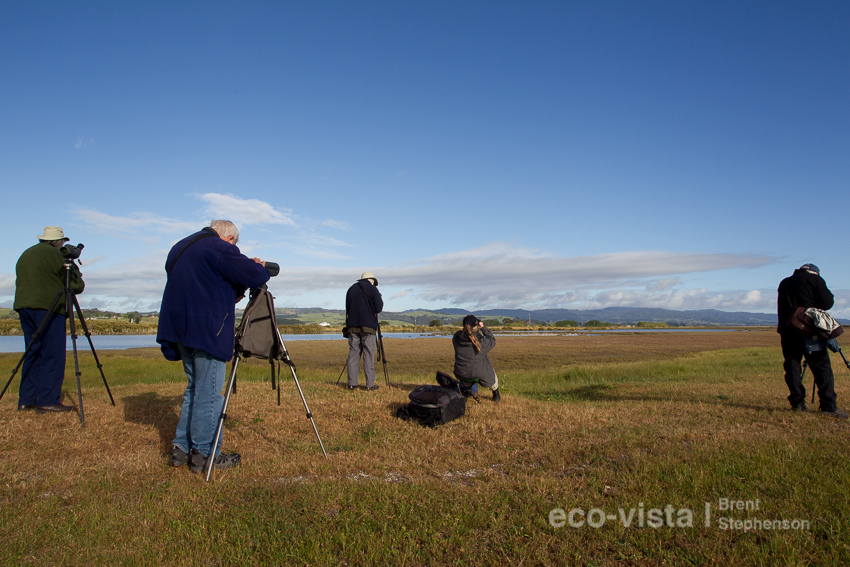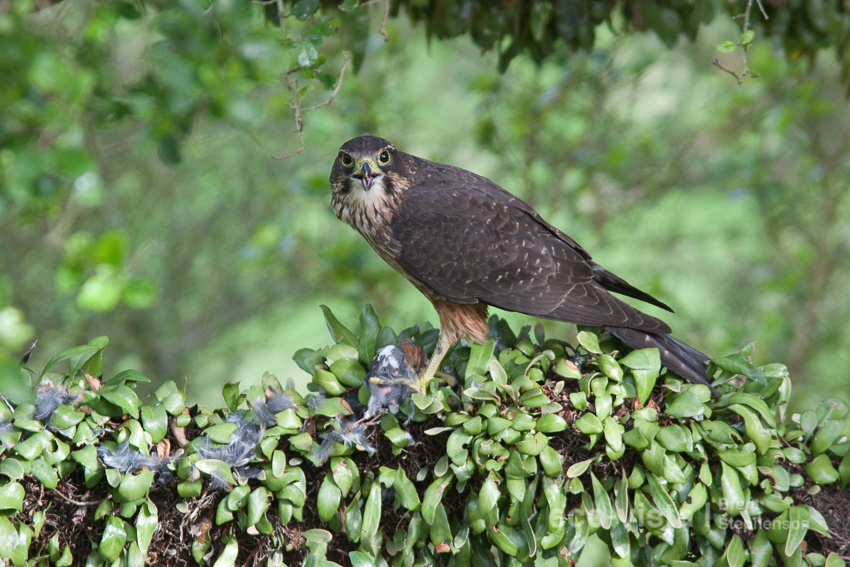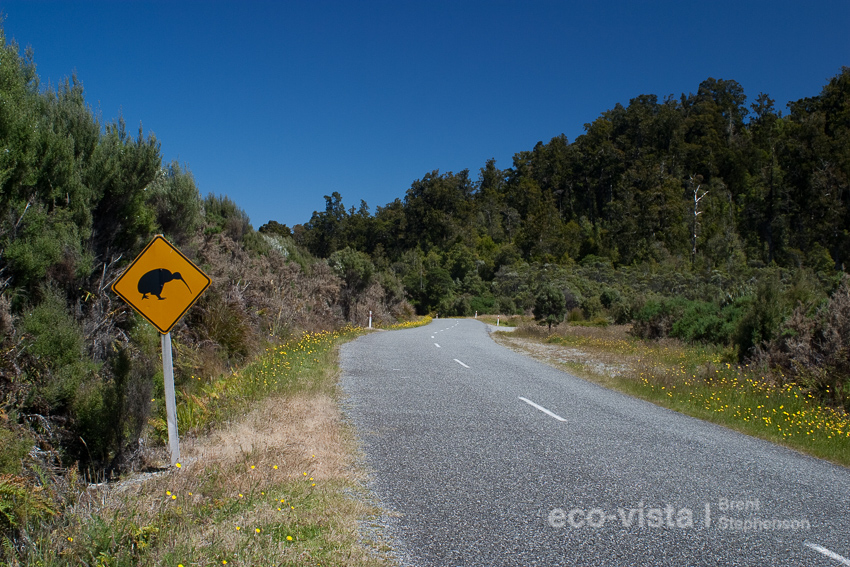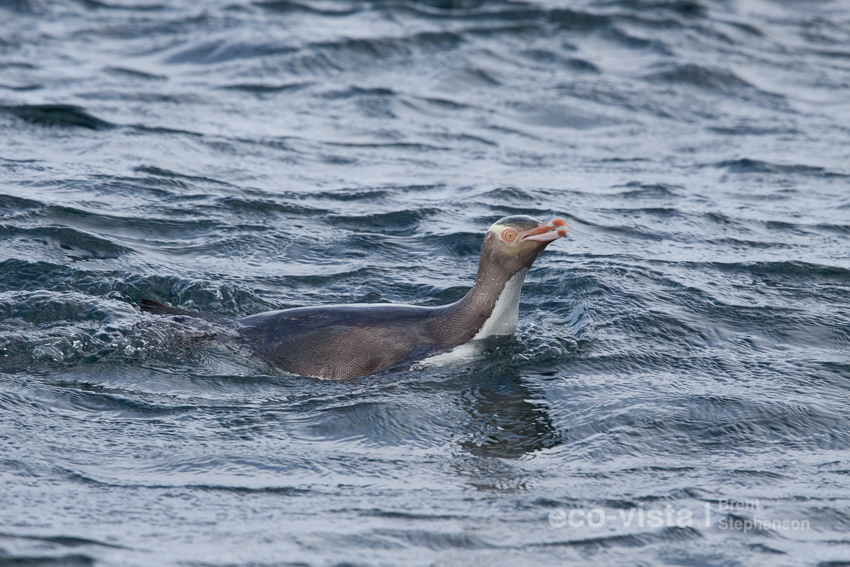Wrybill Birding Tours, NZ
Great birds, real birders.
Wrybill Birding Tours, NZ…….started out as a couple of birding mates making the decision to set up their own independent bird-guiding business. We felt there was a need for real BIRDERS, who were passionate about birding, really knew their New Zealand birds and birding sites inside out, and were based in New Zealand, with access to up-to-date information on the New Zealand birding scene. Sure we know our natural history as well, but we are BIRDERS, the name says it all!
Pelagic birding trips are just one of our specialties, with unrivalled knowledge within New Zealand. Our rediscovery of the supposedly extinct New Zealand Storm-petrel in 2003, as we were just starting to operate our business, was an amazing sign that we were really doing the right thing. However, we also know our land-birds just as well and know you will enjoy your New Zealand birding experience with us!
So here we are…….Sav Saville and Brent Stephenson, and recently due to being so popular, and restricting our group sizes to just 8 people, we have had to enlist the help of some other great New Zealand birders – Phil Hammond, Matt Jones, Neil Robertson, David Thomas, Andrew Crossland and Dave Howes. The decision to hire other guides was not one we took lightly, but as their clients have told us, they are excellent and fit well within our team! Our list of services can be found here, with anything from pre-trip planning advice, to a full North and South Island organised tour (including Stewart Island), and anything in between. As we all live in different parts of the country, we are also able to offer guided trips around our ‘neck-of-the-woods’ for one or more days, and make custom itineraries. Trip reports from our pelagics, personal birding trips, and guided trips can be found here. If you are visiting New Zealand, then email us to let us know how we can help.
So why choose us?
- We must be doing something right if pelagic experts and overseas field leaders think we do a good job! Check out endorsements from World class seabirders here and see our testimonials page
- We only operate in New Zealand, choosing to run tours on our home turf where we know things best. That doesn’t mean we don’t travel and bird overseas though!
- Our trip lists speak for themselves – during most summers our 21-day itineraries have consistently seen around 150 species with both Brent and Sav seeing 168 species on separate tours in late 2011, and Brent seeing 172 species (now the record) with a great group in Nov 2015! No other New Zealand or Overseas operator even comes close to species lists like this!
- Our 21-day tours are only run by birders we know and trust! Sav & Brent have been running tours by themselves since 2002, but have now enlisted the help of a great group of Guides. These folks are all excellent guides and birders and we have no hesitation bringing them onboard our awesome team!
- We are Department of Conservation approved concessionaires, permitted to operate on New Zealand’s conservation estate. What does this mean? It means we have passed the environmental standards set by DOC, as well as safety standards set by an independent auditor, and been approved to operate in public conservation areas. It also means some of your fee goes towards ensuring the conservation of the birds you will see. We also hold concessions for many of the Auckland Regional Council Regional Parks. Where needed, we use an operator with a Marine Mammal Viewing permit.
- We love getting out and about birding, we are birders through and through – we even go birding on the weekend! BUT, we are also keen on plants, invertebrates, and other New Zealand wildlife. So a tour with us is NOT just hardcore birding, we take time to see the country and other things of interest during our 21-day tours.
- Prominent in the NZ birding scene – Brent started and moderates BIRDING-NZ and is the record holder for the most birds seen in NZ in a calendar year (220 in 2014), Sav is now involved in the Rarities Committee for Birds NZ (formerly the Ornithological Society of NZ), having been the Regional Representative in his region in the past, and we both regularly contribute to BIRDING-NZ, are featured prominently in Steve Braunias’ ‘How to Watch a Bird’, and we rediscovered the supposedly ‘extinct’ New Zealand storm-petrel
- Plus, we love showing New Zealand and its fantastic birds to overseas birders! Read our client testimonials
- You will receive a free copy of Brent’s “Birds of New Zealand: A Photographic Guide” when you travel with us on one of our 21-day tours!
- And, we offset the travel and accommodation on all of our birding tours! We use World Land Trust’s Carbon Balanced fund to offset and we encourage you to visit their website and perhaps even offset your flights to New Zealand. Visit the World Land Trust and use their carbon calculator for more info.
- Do you need any more reasons to email us??
Upcoming Tours & News
2023-24 season at the halfway
Following a successful start to the 2023-24 season, we have now seen the completion of five full New Zealand tours in late 2023. The weather has been a little mixed, but I think anyone living on Planet Earth is now become aware that changeable weather is something we...
2022-23 season completed successfully
Well our 2022-23 season has finished, with what can only be described as our busiest season to date. We are so glad to have been able to get back into tour mode, and show New Zealand and it's amazing scenery and birds to all our clients this season. Many of the...
And we’re off! Back out there touring!
Well today marks a very auspicious occasion, with the first of our 21-day tours starting since the country closed its border back in early 2020! Dave Howes is leading a group through the country, starting today, and this will be followed closely by Matt Jones in a few...
COVID-19 JULY 2022 update
Well, the good news is that the New Zealand border is now back open, and tourism is resuming here in New Zealand! Its been a long two and a bit years, but we are very much looking forward to welcoming our confirmed clients to New Zealand starting from late October...
COVID-19 November 2021 Update
Well it seems hard to believe that a year has passed since we last posted here on the Wrybill Birding Tours, NZ website. A lot has changed since then, but as if caught in time, there is still a lot that needs to change. New Zealand was in the enviable position of...





